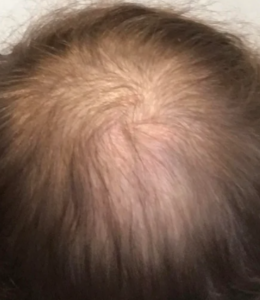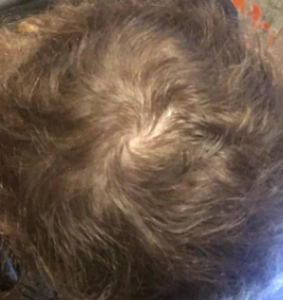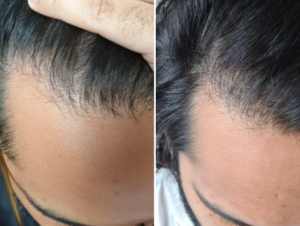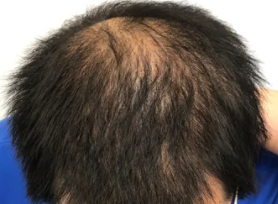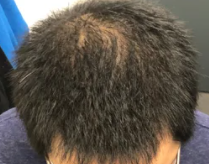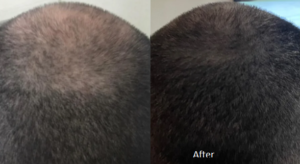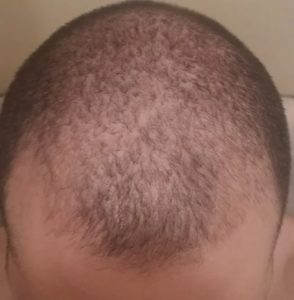I’ve seen a lot of your messages on reddit being very helpful for people combating baldness. If you have a moment I hope you could help me with a small question. In my mid 20’s I noticed my hairline begin to recede and went on Finastride. It seemed to work great. My hair recession slowed down significantly. However, when I turned 34. I began to notice my hair line was receding again. I’m aware that drugs like Finasride, more or less, just slow the process down. But I was alarmed at how quickly my hair seemed to be receding all of a sudden. It was like the drug simply stopped working. I panicked and with some research I found that Dutasteride was an alternative that’s been shown to be slightly more affective. So I switched, from 5MG of Fin(quartered) to 0.5 of Dutasteride. That was approximately 10 months ago and my hair continues to recede and thin, at what feels like an alarming pace. So here is my question. Have I made a huge mistake in switching? Will I lose all the hair that I kept on Finastride even though I’ve switched to Dutasteride? I thought that if Dutasteride worked it would keep the hair that Fin was holding back. Or perhaps there was no slowing these effects any longer, whether it was Dut or Fin? I don’t know what to do. Thank you for your time.
A hair transplant is a better option. Dutasteride will probably not reverse this problem at your age and with your history with finasteride.

